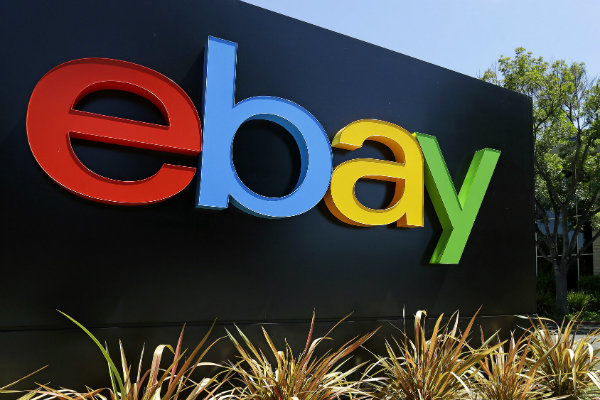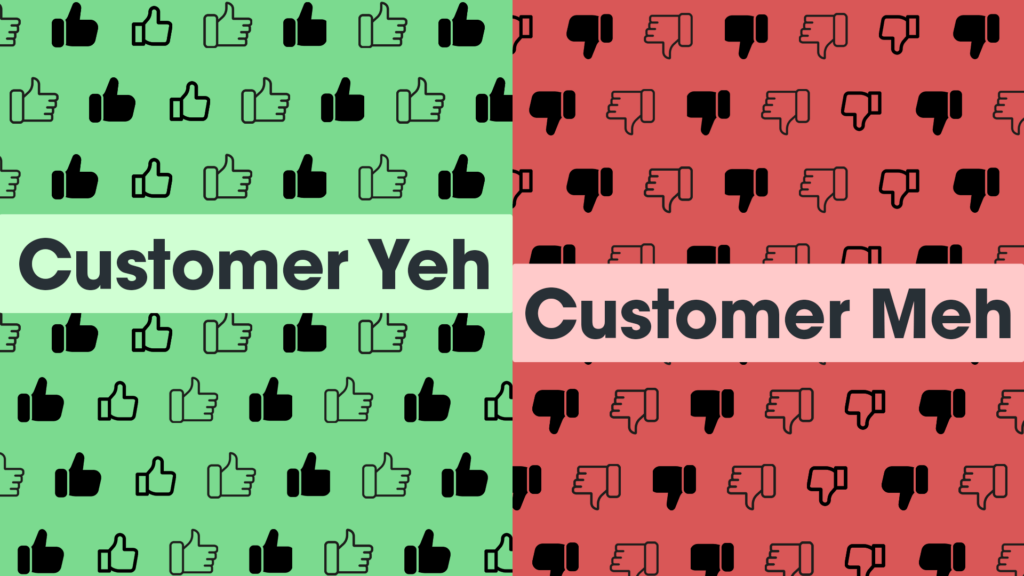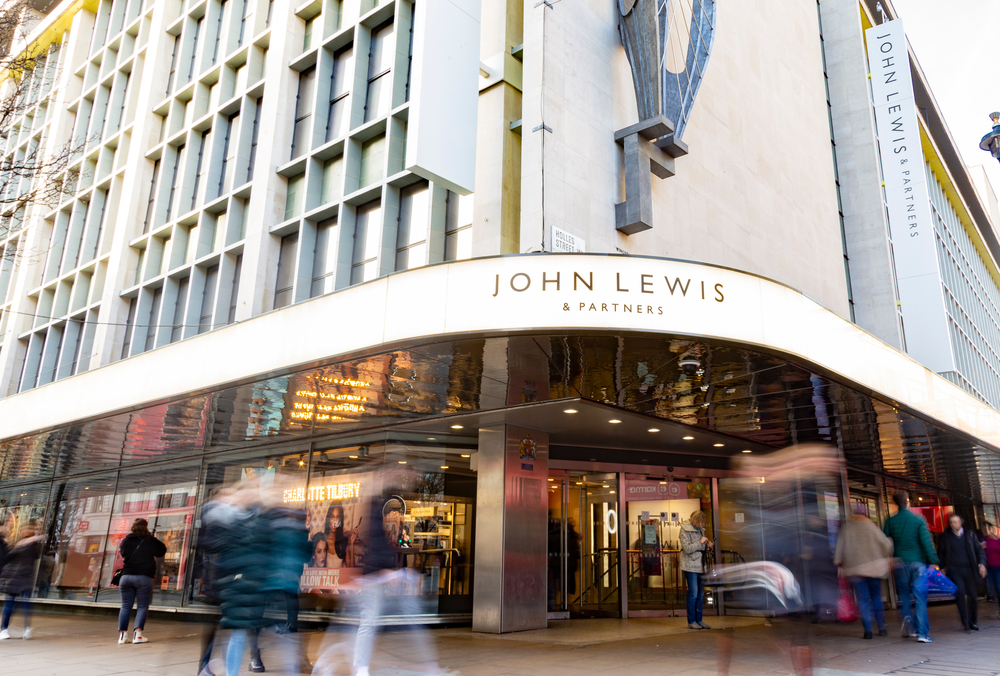Visit one of the UK‘s towns, cities, villages – even hamlets – over the next six weeks, and you‘re likely to detect a whiff of excitement in the air. Euro 2016 is looming and football, by far and away the UK‘s favourite sport, is taking centre stage in the national consciousness.
The huge impact that sporting events have on consumer behaviour can be a golden opportunity for retailers – if they‘re able to reach the right audience with relevant messages.
But a crowded marketplace breeds fierce competition for share of wallet. If brands are to use Euro 2016 as a tool to tap into shopper interests and benefit from a ‘halo effect‘ of spending, they must look for what differentiates audiences as well as what unites them, and this won‘t always be a love of the beautiful game.
We‘ve used our insight into how 19 million monthly users shop across categories to identify three cohorts of shoppers that retailers should be engaging with in the run up to, and during, the championship. By understanding their mind-sets, brands can increase the relevancy of campaigns, strip out wastage and, ultimately, boost ROI.
The die-hard devotees
More than any other sport, football has a huge following of die-hard fans. As consumers, they are likely to be happy to spend in support of their team, especially if brands can appeal to their sense of loyalty and pride.
As the tournament approaches, these fans will want to ensure they‘re well prepared to view the matches and there‘s a good chance they‘ll be willing to purchase new tech for the occasion.
When we looked back at spending during the 2014 World Cup (the most recent comparable tournament) we found that there was a significant spike in searches for sound and vision products two and a half weeks before the tournament started. On 26th May 2014 alone, there were almost 5,000 searches for “flat screen TV,” “sound bar” and “projector,” and it‘s likely there will be a similar rush this year, as dedicated followers invest in the best viewing experience.
And of course sports retailers have huge potential to engage with committed fans: during the day of England‘s first match in the 2014 World Cup, fans made more than 4 searches every minute for “football shirts.”
But it‘s not just about sports brands targeting hard-core sports fans. The Euros touch millions of households, for better or worse, and it is clumsy and ineffective to try to speak to them all in the same way.
The “game on” glory hunters
All major sports also have a cohort of “glory supporters:” fair weather fans who only sing when their team‘s winning or simply love the social occasion that big sporting events lend themselves to.
It‘s often most effective to target this audience once a tournament has started, as they‘re less likely to be engaged in the build-up. Offering them ideas for celebrating a big win in the days and hours before their team plays can be a valuable way to capitalise on their last minute enthusiasm.
However, this window of opportunity can be relatively short, so retailers need to be flexible enough to tailor their campaigns in real time. On the first day of the 2014 World Cup, there were more than 250 searches per hour for “BBQ,” and two days before kick-off, patriotic shoppers made more than 10,000 last minute searches for “flag”.
The football widows
Behind most loyal sports fans, you‘ll find a disengaged friend or family member looking for a distraction. Retailers shouldn‘t see these consumers as a lost cause, but rather use their boredom as an opportunity to tempt them with something more interesting.
We know, for example, that during England‘s final match in the 2014 World Cup, there was a rise in the number of women shopping on mobile devices comp
RELATED STORIES


















